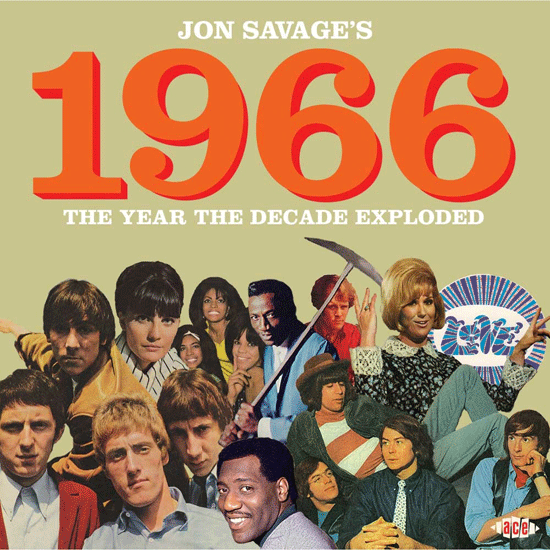No band has waved the rainbow flag more proudly than Pansy Division. From its origins and involvement in early-’90s Bay Area punk to becoming de facto leaders of the “homocore” movement, Jon Ginoli, Chris Freeman and a rotating cast of straight and gay drummers (the band is now rounded out by drummer Luis Illades and guitarist Joel Reader) never shied away from graphic depictions of queer, bi and questioning dudes getting sweaty with each other and a variety of apparati. But as acceptance of queer culture and community has grown and the band’s members find themselves in their 40s and 50s, the topics on new album Quite Contrary have also progressed. Pansy Division will be guest editing magnetmagazine.com all week. Read our new feature on them.

Ginoli: Jon Savage, author of England’s Dreaming, the definitive book about 1970s British punk, recently wrote a book about the culture and politics of the year 1966. For many, myself included, 1966 was one of the great years in music history, and Savage describes the musical innovations of that year, analyzing how music and politics drove each other and were woven together in a way that has seldom occurred since.
Savage focuses primarily on London, Los Angeles, and San Francisco but takes in other places as well, and gives a big-picture view of the year, one month at a time. He posits 1966 as a focal point, a clear break line between the past and the future, the origin year of so much of what we take for granted now. It was a time when new modes of expression exposed a generation gap and spawned a backlash, a backlash still prominent and visible in this divisive election year. The dividing lines were over civil rights, gay rights, Vietnam and militarism, free speech, consumerism, and the varying (and divergent) meanings of freedom, of the individual versus the collective. Sound familiar?
Musically, it was a rare moment where musical innovation and popular success were not contradictions. It was the year of the Motown juggernaut (and other African-American music newly defined as “soul”) becoming an international phenomenon, mid-period Beatles and Rolling Stones, of James Brown and Bob Dylan, the Kinks, Beach Boys, Dusty Springfield, Small Faces, and so much more. It was a year where the innocence of the British Invasion had given way to more complex themes, but just before heavy rock and expanded song lengths caused a schism between rock and pop.
1966 saw the rise of raw American garage rock, the dawn of the drug culture and psychedelia, with a more knowing self-consciousness and new assertiveness. We look back now at the Beatles and Stones and see a clear direction and end point, but the book reflects the turmoil of that period, and the uncertainty over where both music and politics were heading.
It was perhaps the peak year of the single, with albums not yet the dominant force they would soon become. This 500-page book moves fast, and is an exciting read, but it took a long time to get through it because of many detours to look up songs on YouTube. Though I know the period pretty well, I discovered in its pages many great new old songs; the long discography at the end of the book will keep me happily busy for months.






